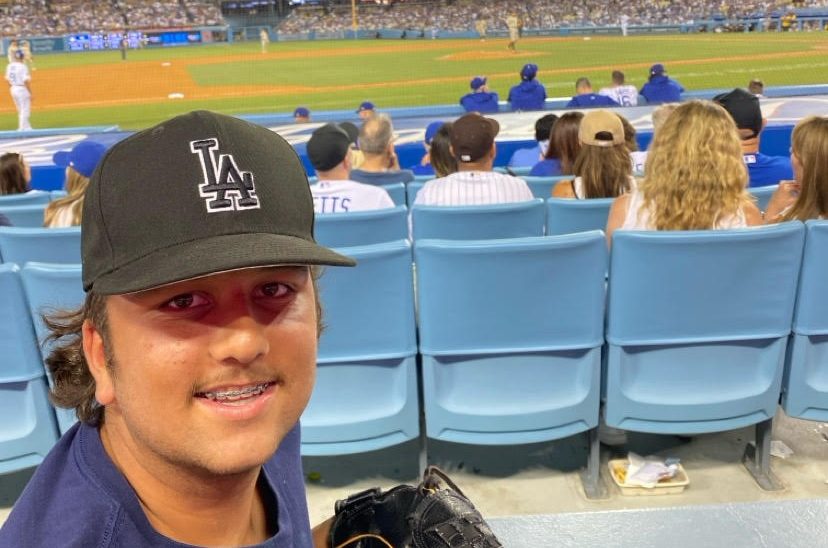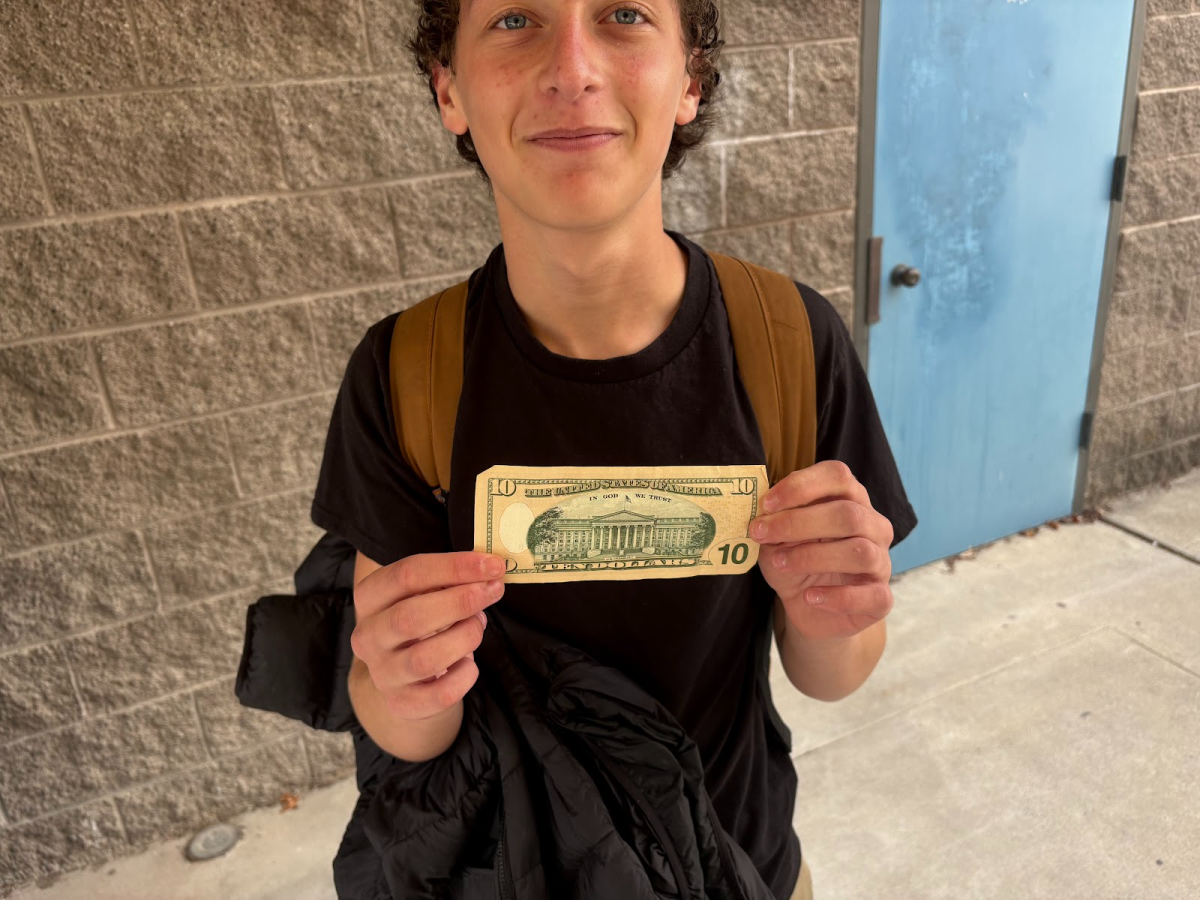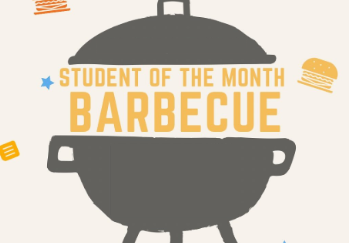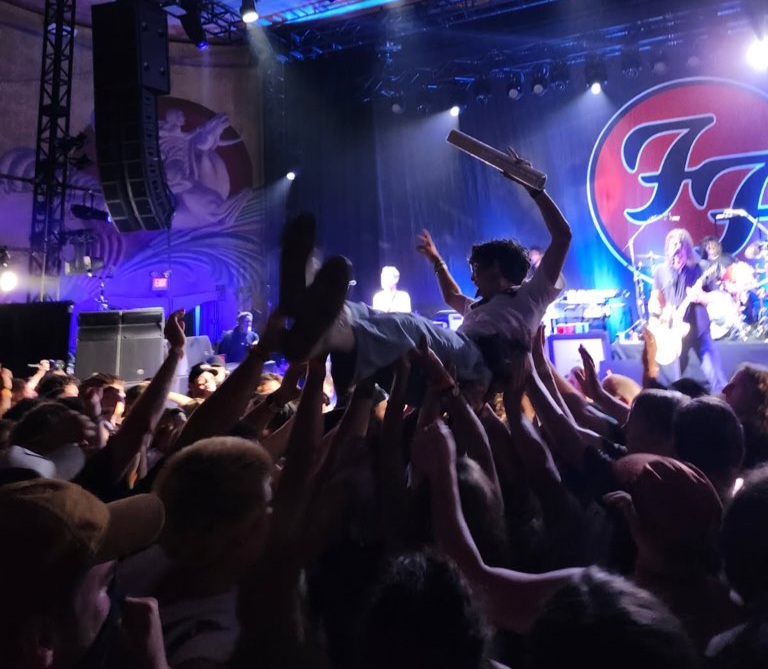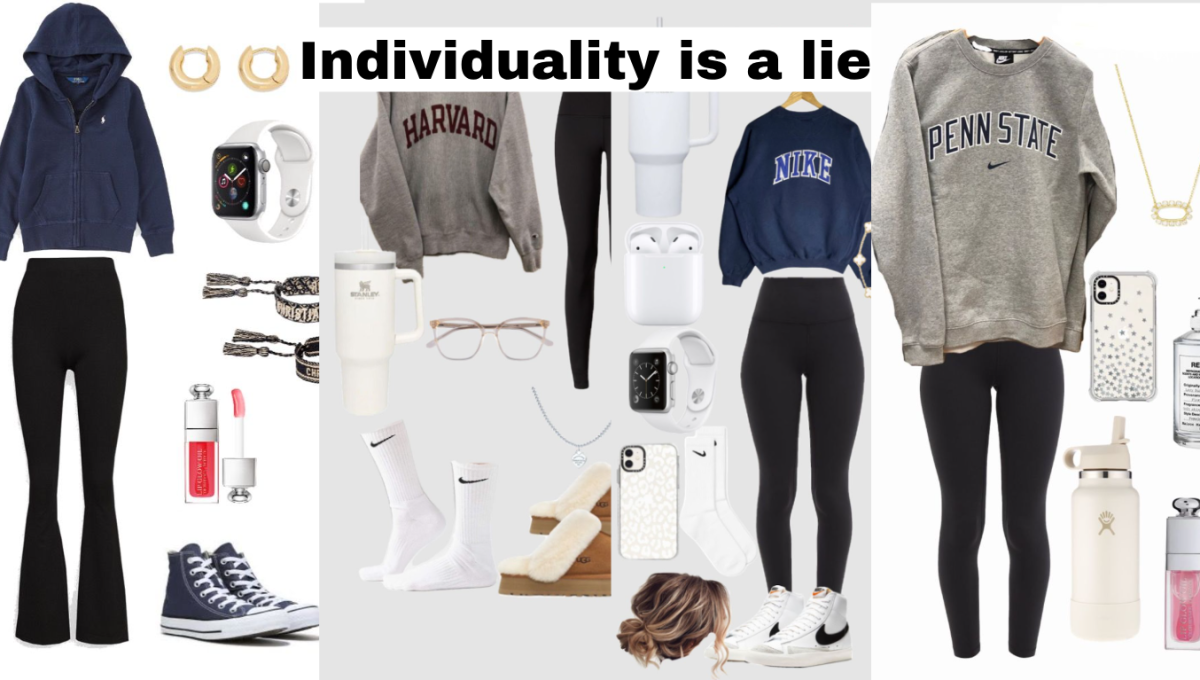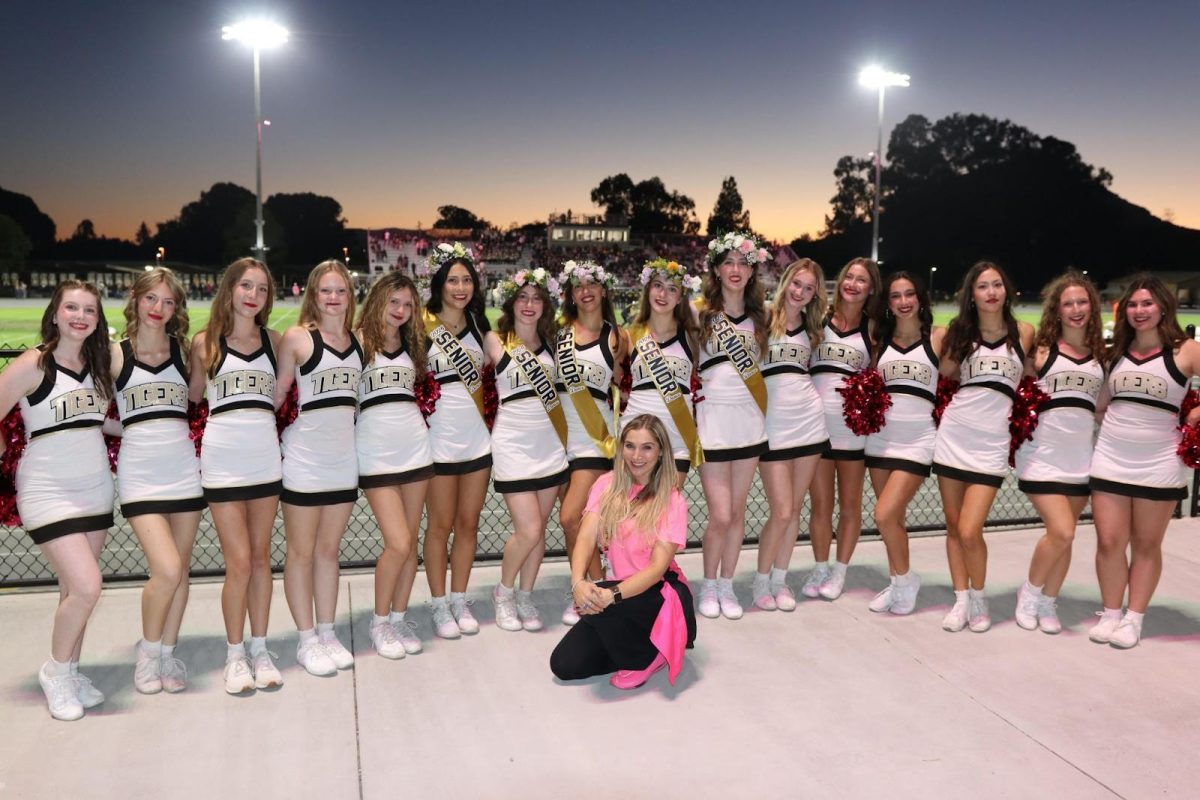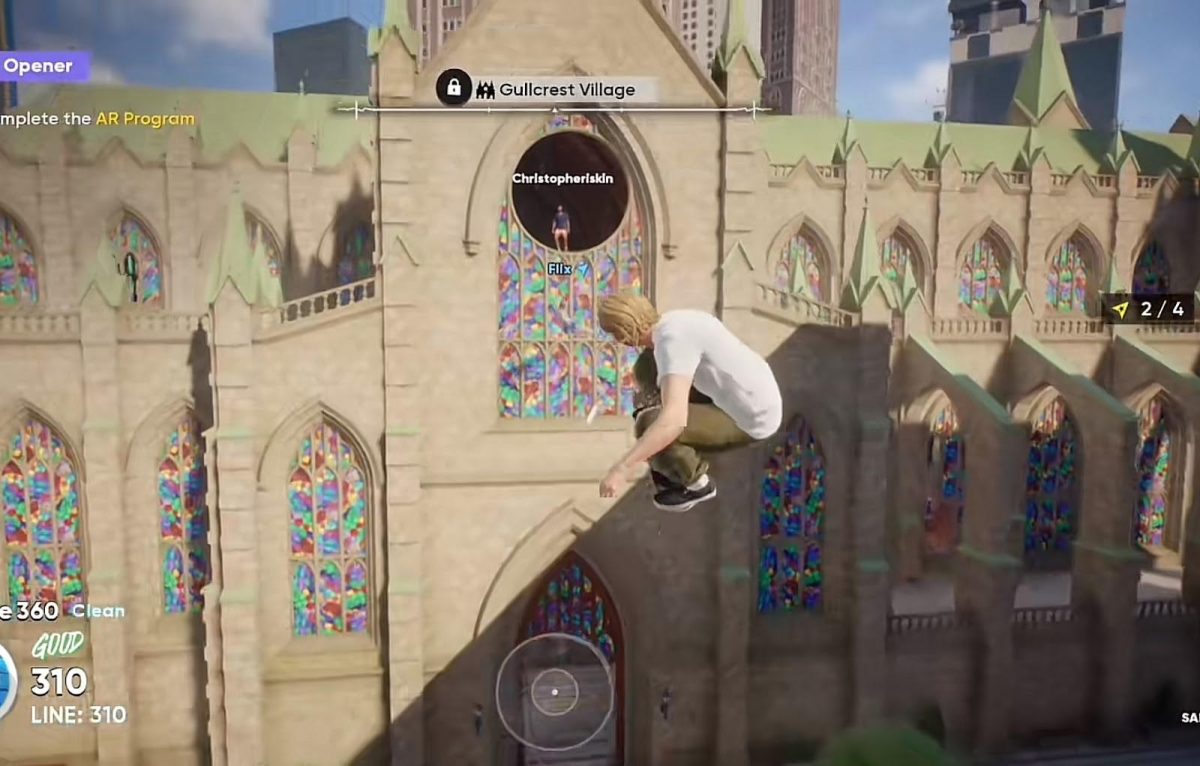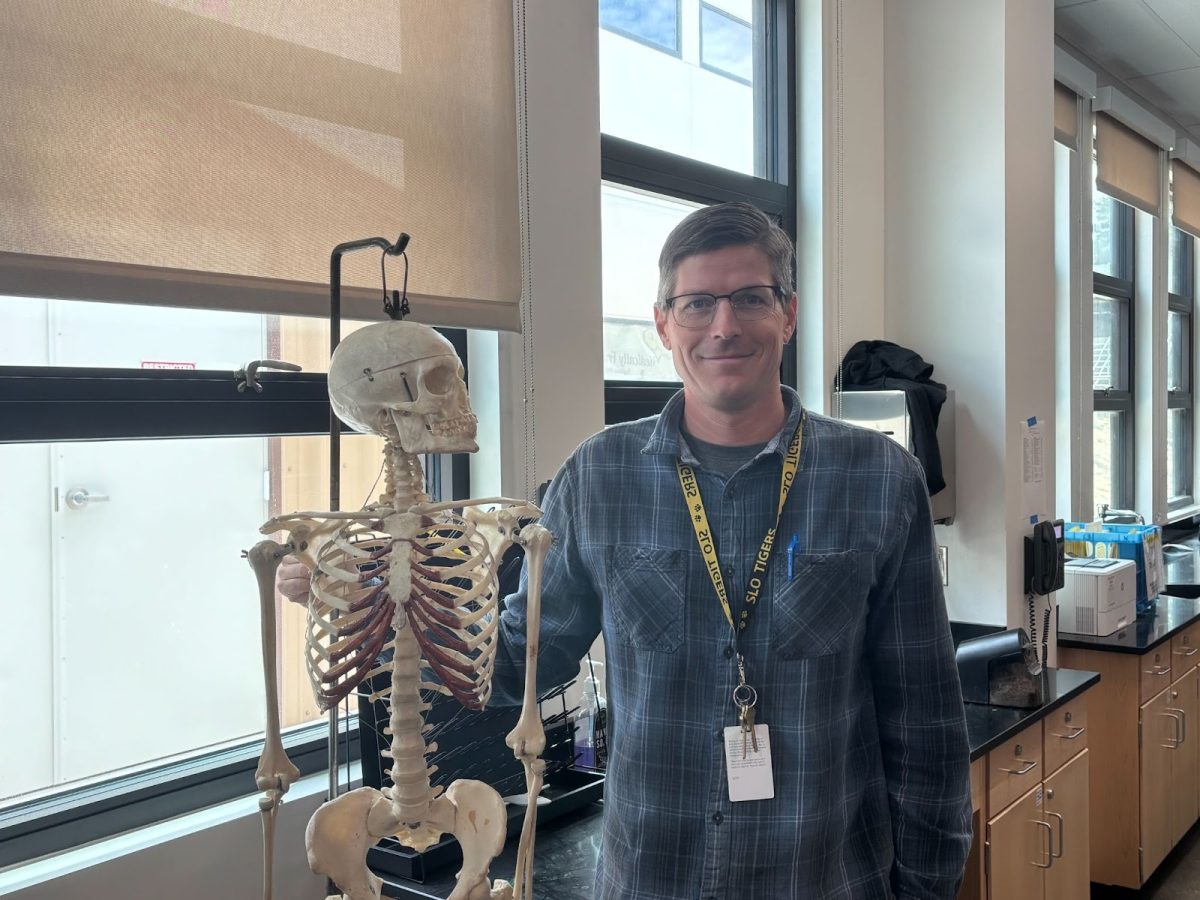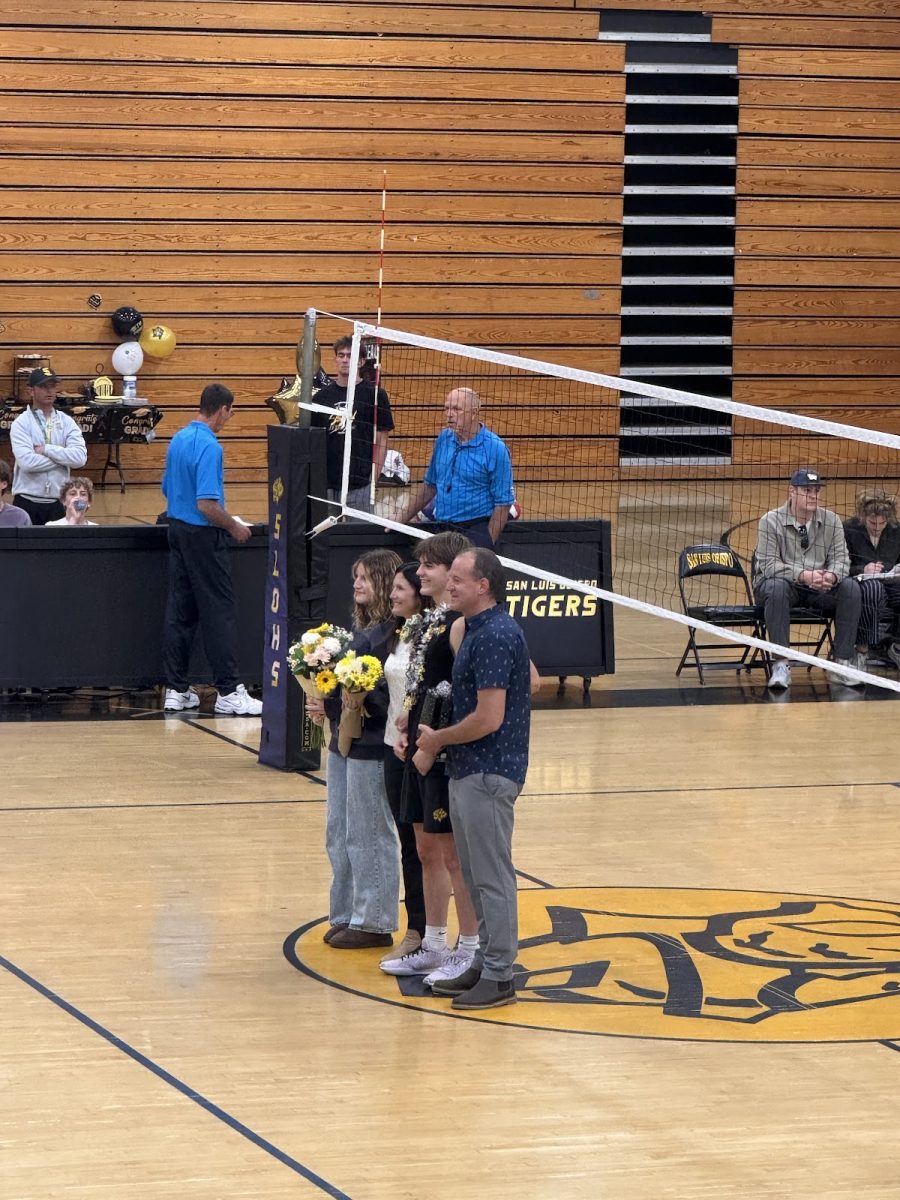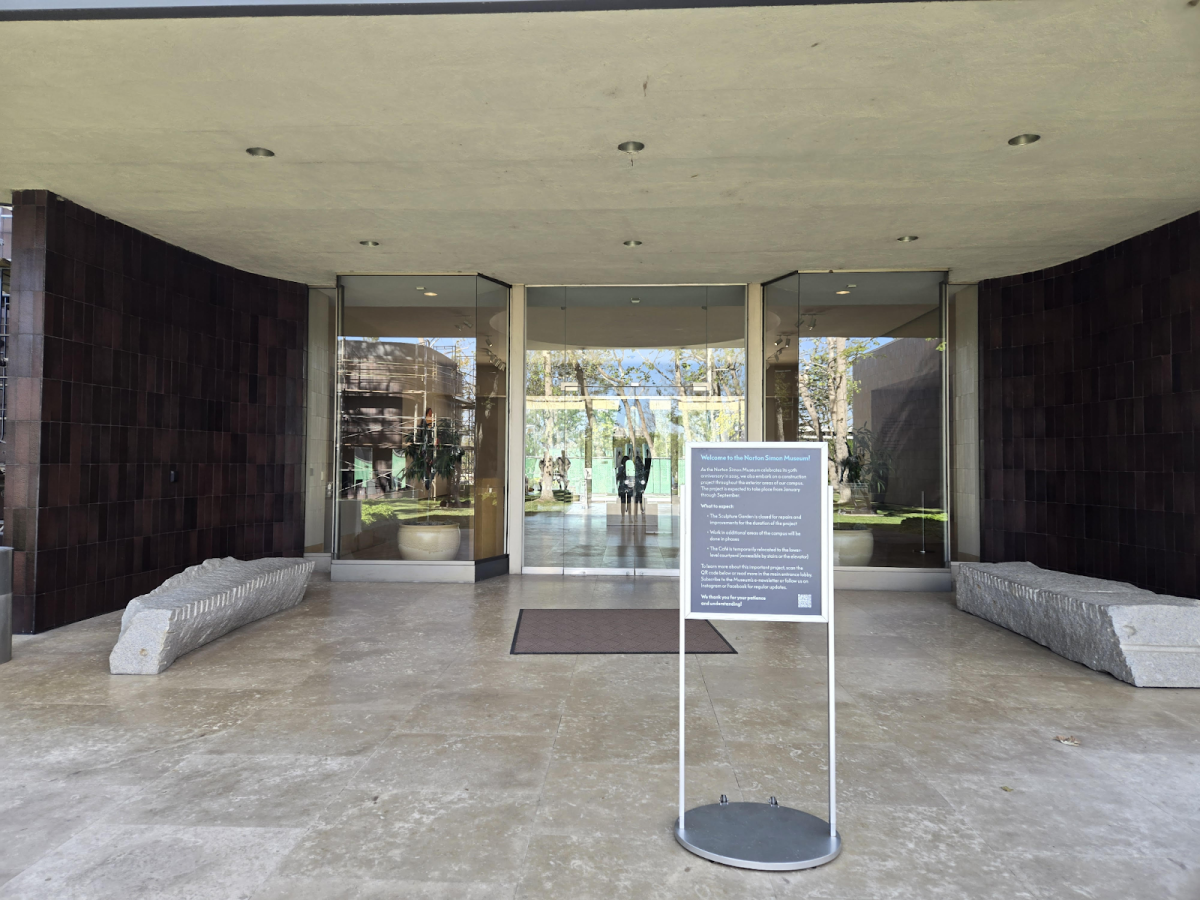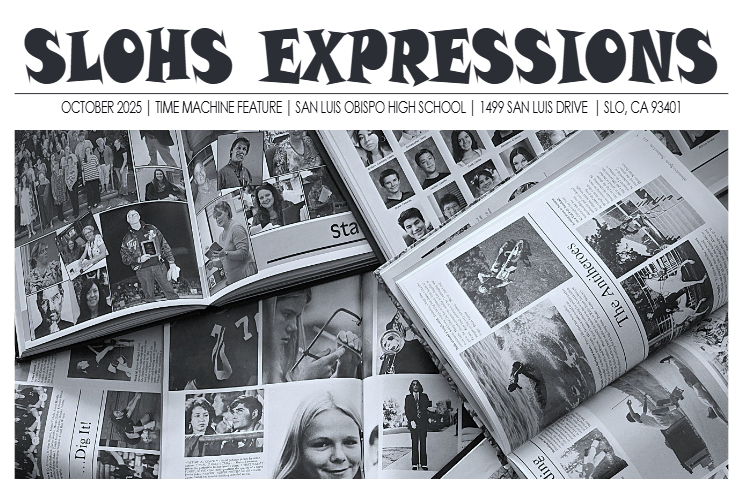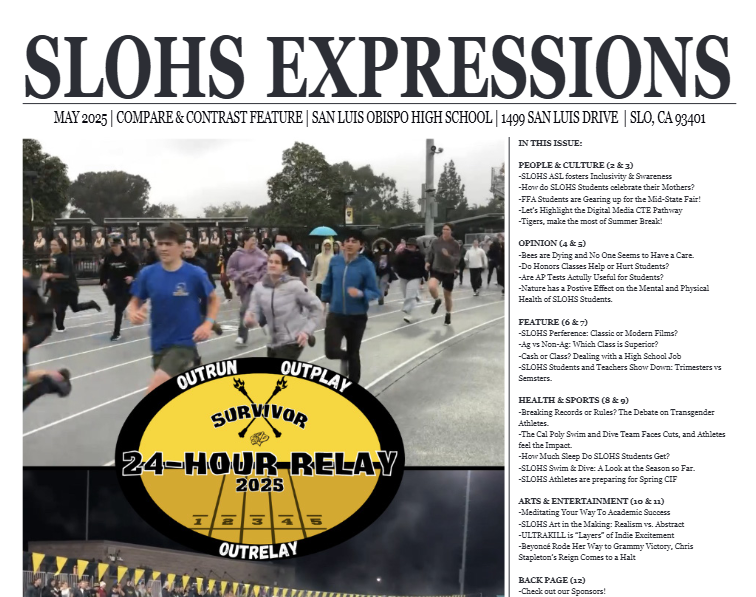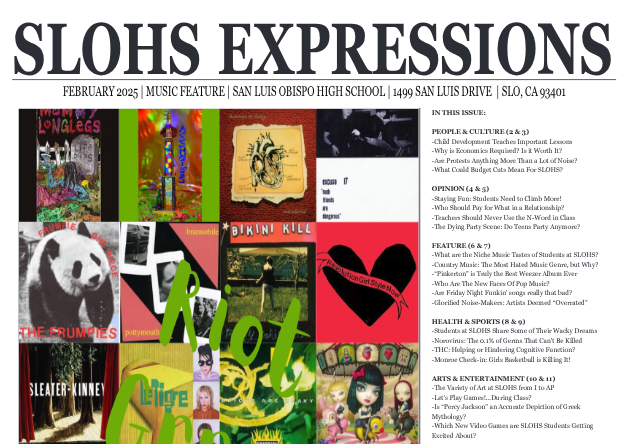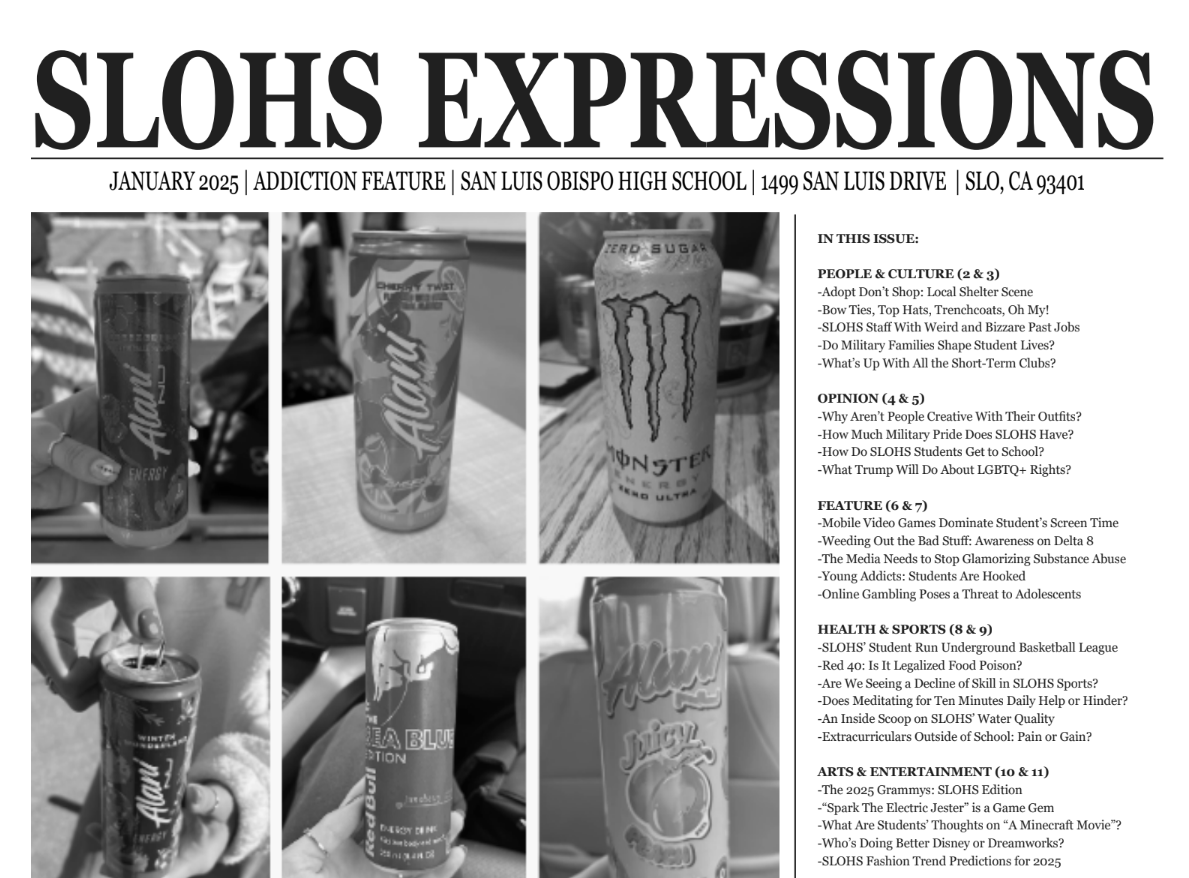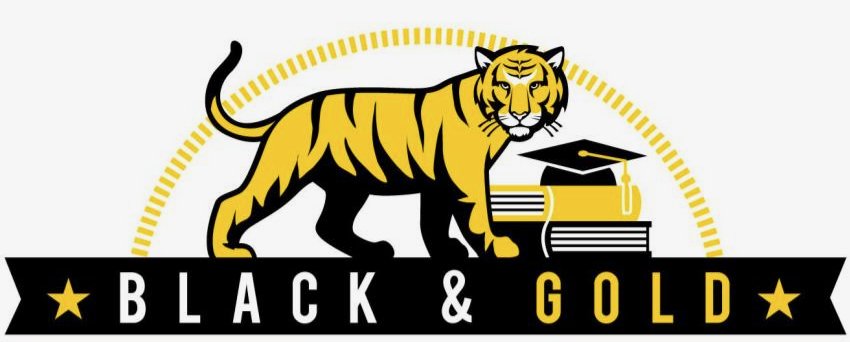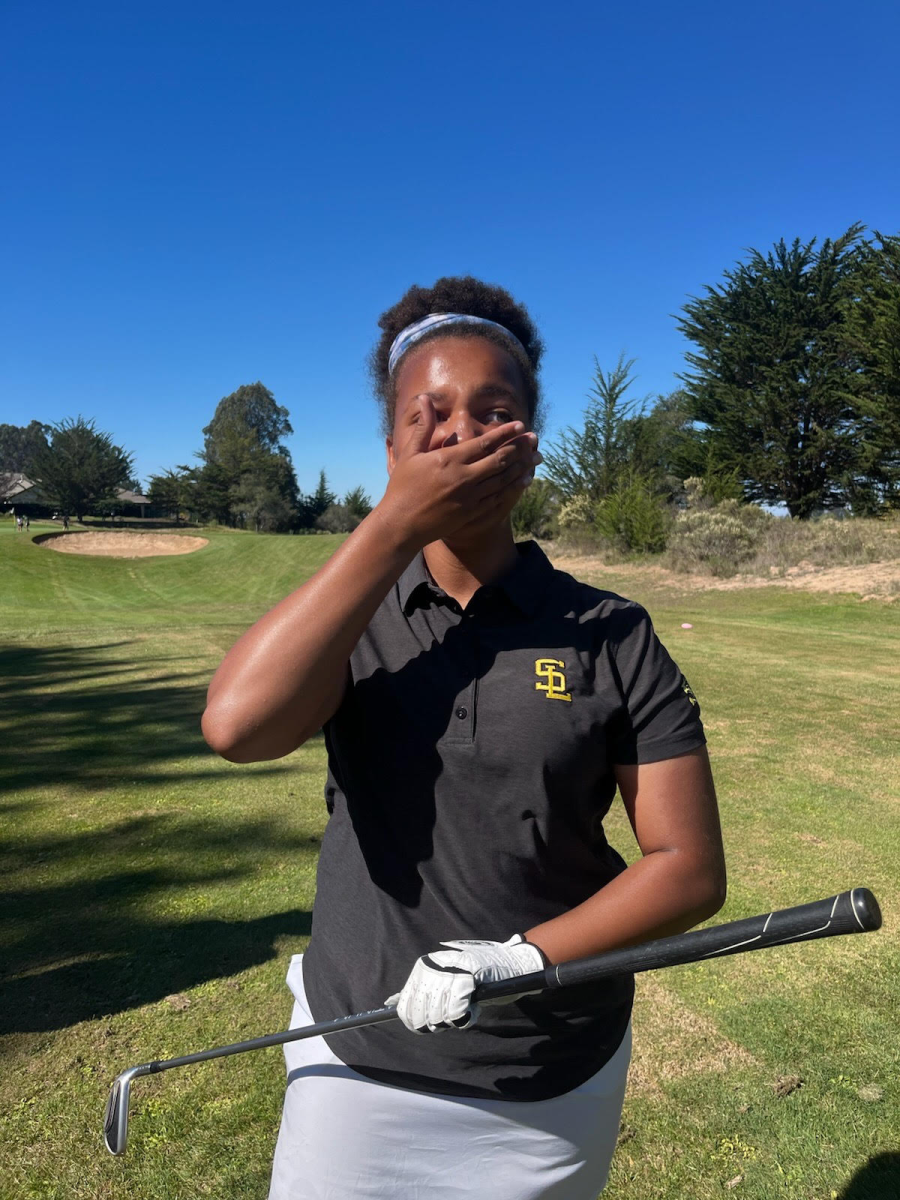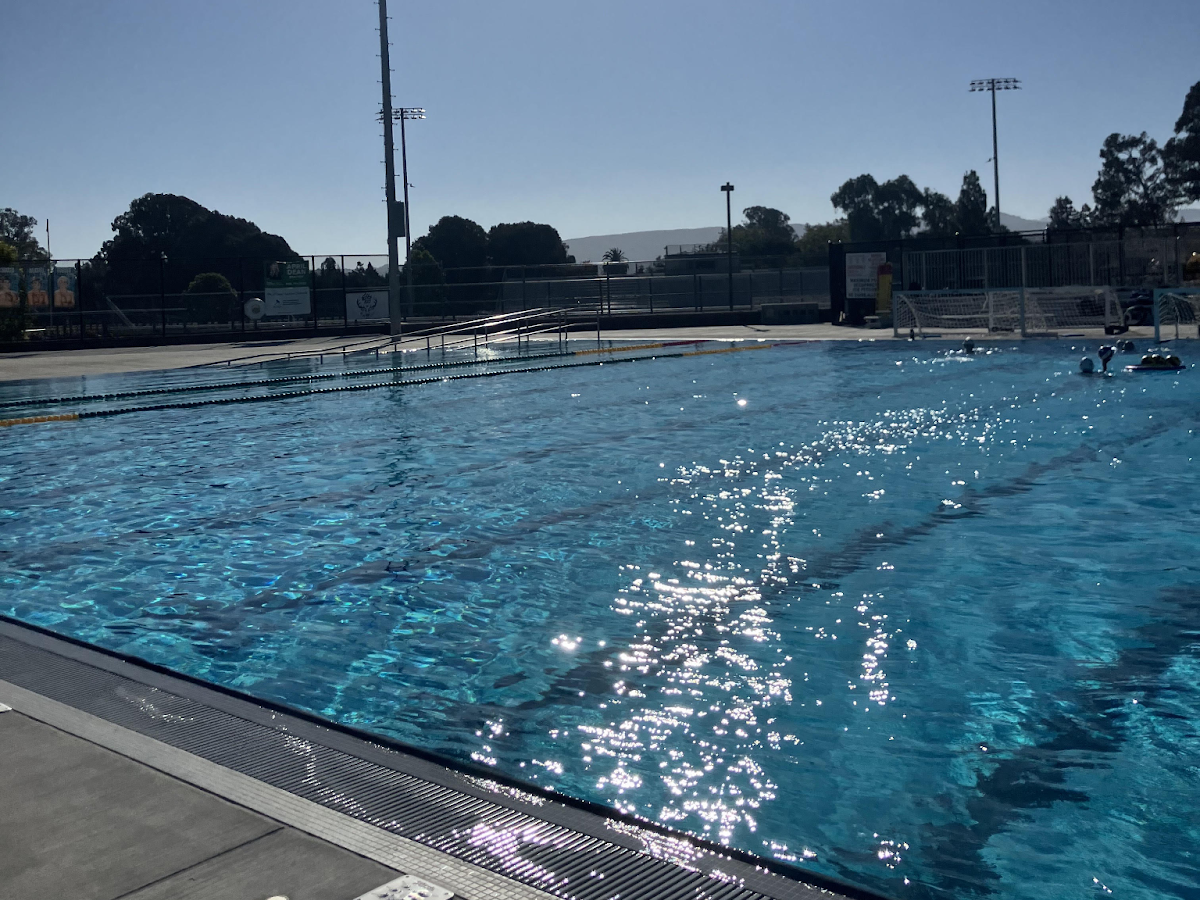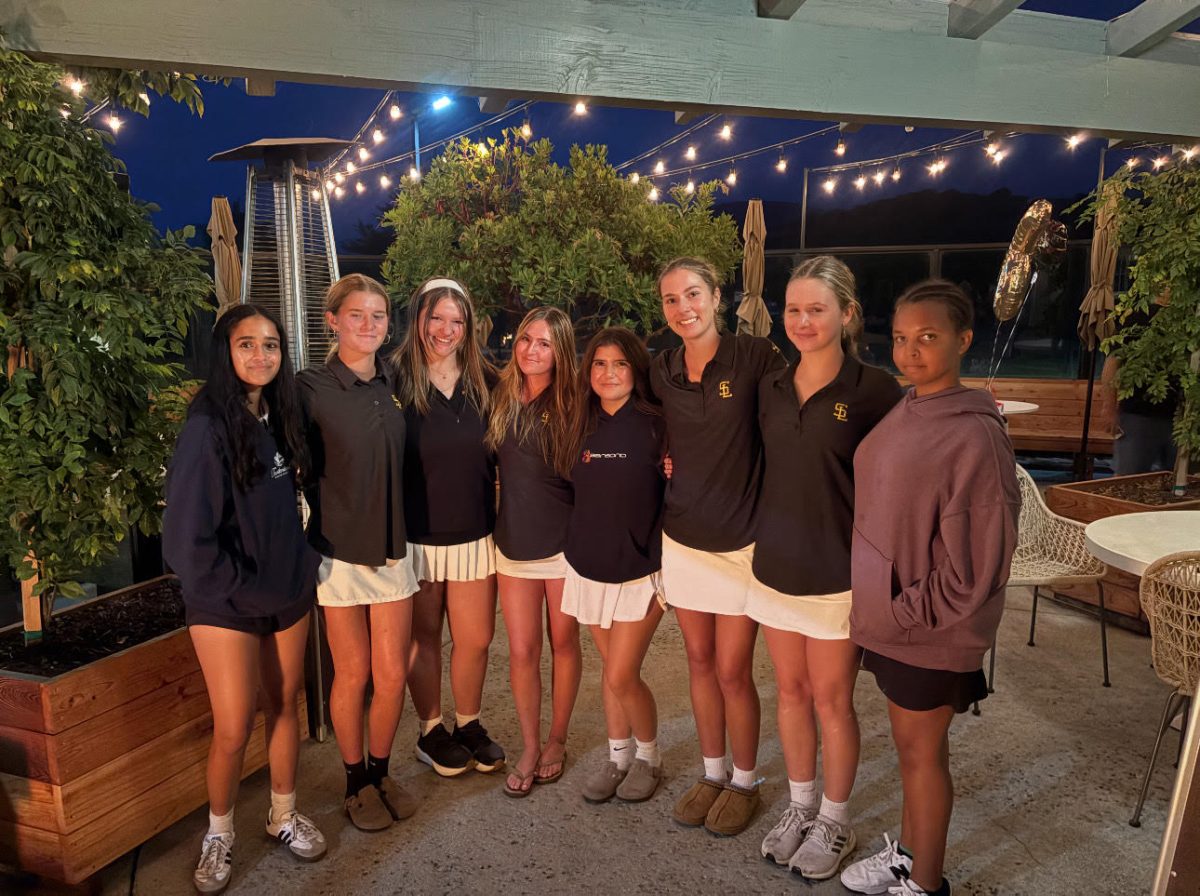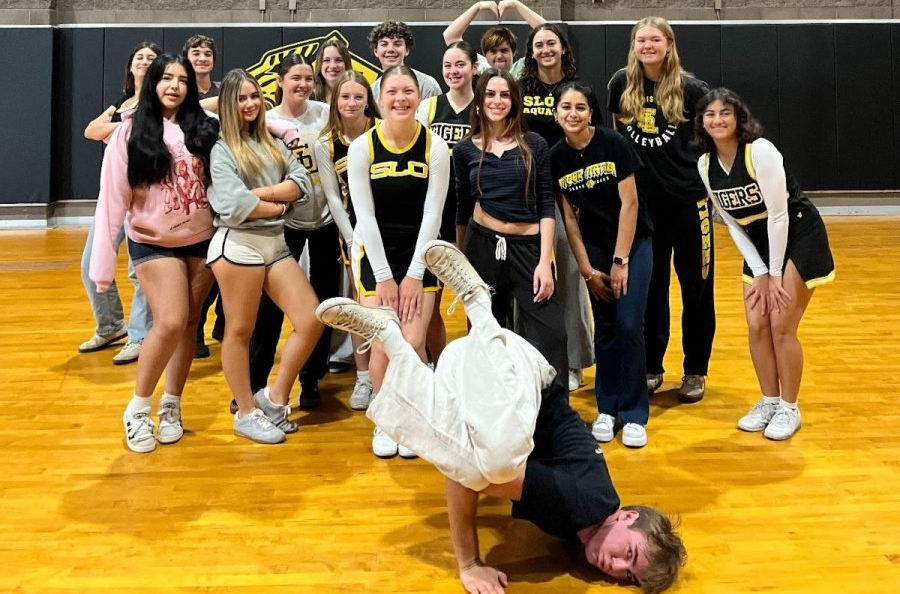Photo Courtesy of senior Sofi Shaw
Students at San Luis Obispo High School use TikTok for everything: funny videos, studying advice, outfit inspiration, etc. One of the things some students use it for is fitness and diet tips.
This would be harmless if it weren’t for the tendency of TikTok’s algorithm to direct people towards toxic versions of the content they consume. It can start with users who talk about meals with less than a certain amount of calories, which then can escalate into watching users on TikTok who glorify starving themselves and encourage unhealthy amounts of exercise.
“The promotion of eating disorders on social media has always been a big issue and it only seems to keep growing. It’s tragic how people will destroy their bodies because of it,” said senior Ryan Schisler.
This isn’t the first social media platform to allow users who promote disordered eating on their accounts to continue to grow. Twitter and Tumblr also have reputations for having many “pro-ana” or Pro-Anorexia users who post “fatspo” (pictures or videos of plus-size people) or “thinspo” (pictures or videos of thin people) to encourage others to not eat.
There are more subtle versions of these types of videos and pictures. People can do something known as “body checking” which is obsessively checking what their body looks like. Doing this in pictures and videos can also enable others to do the same.
Teenagers, especially teenage girls, are already vulnerable to self-esteem issues and comparison to others. Allowing content like this to exist on social media on top of already existing societal pressures can be the final straw for some adolescents to fall into unhealthy habits.
Social media platforms need to be regulating this content and removing users who promote unhealthy behaviors because of the detrimental effects this content has on teenagers.

